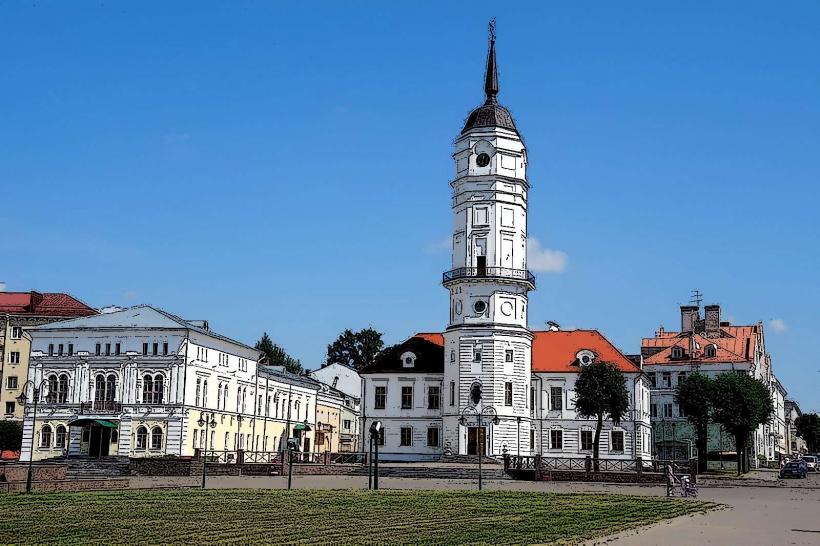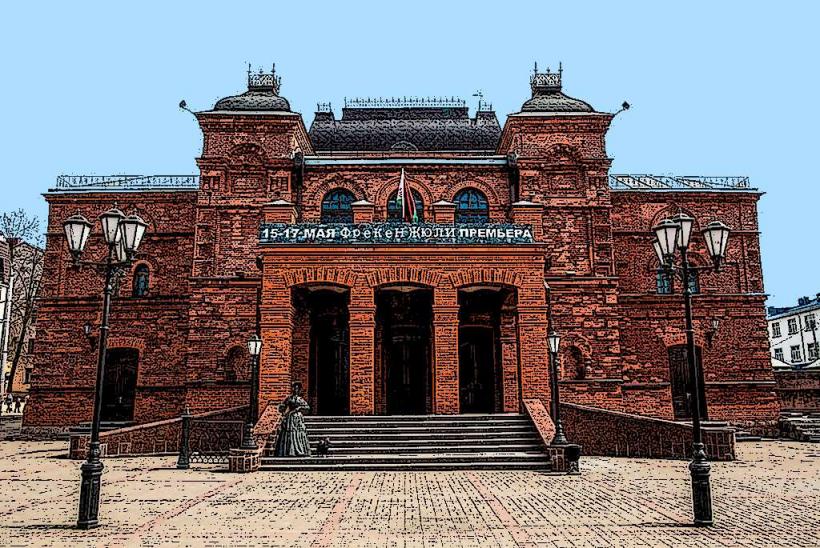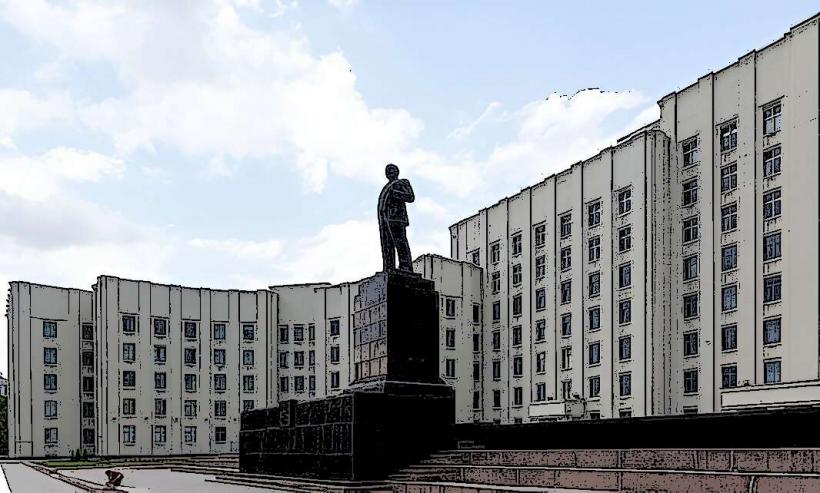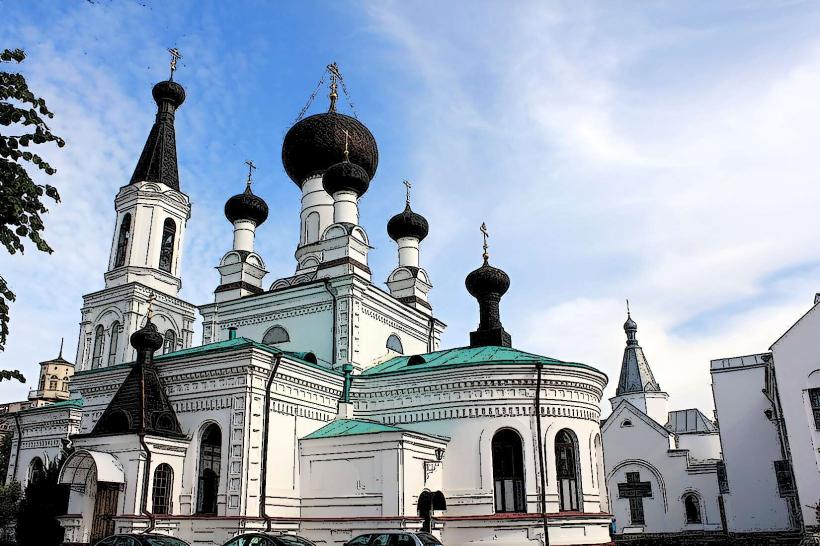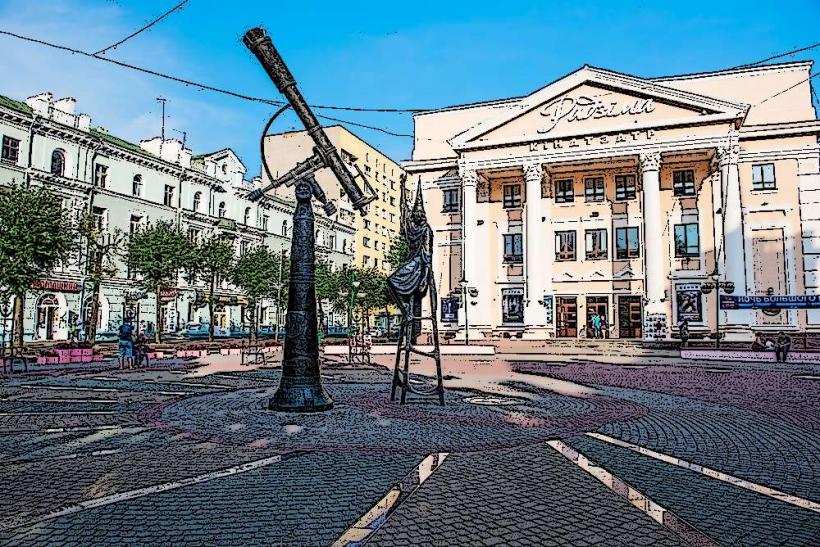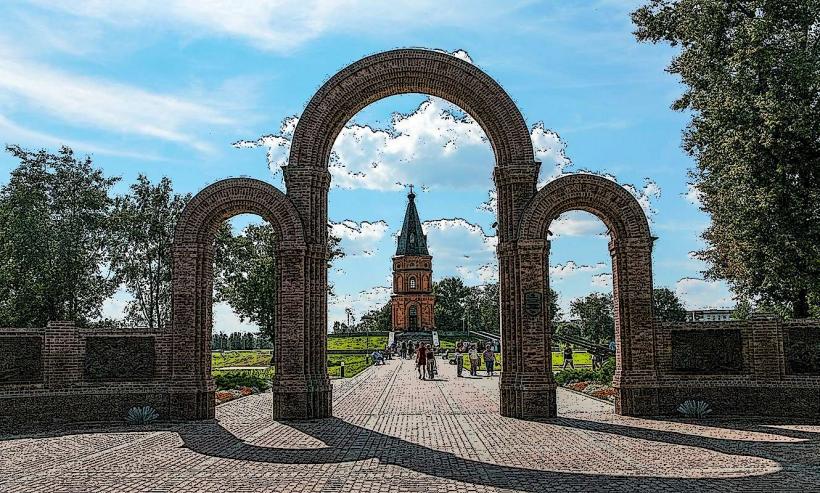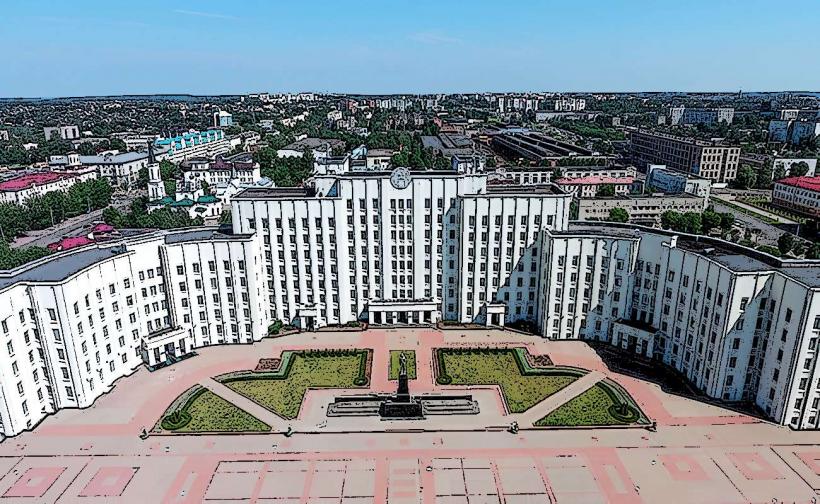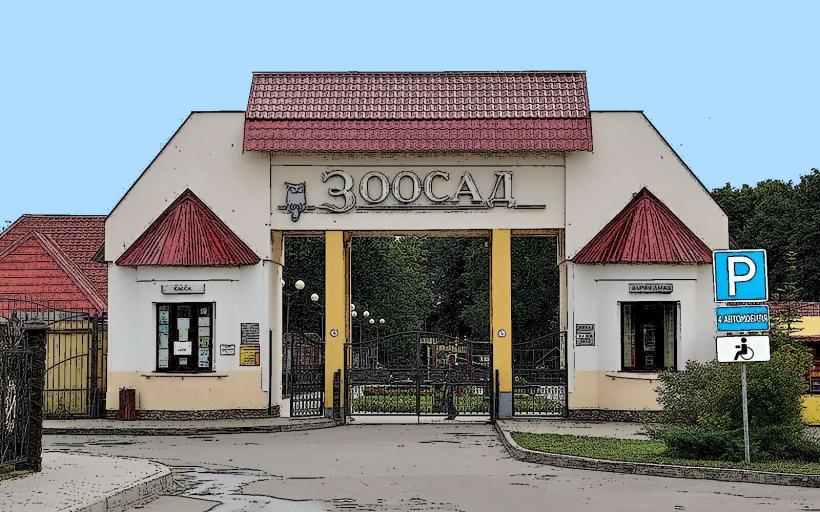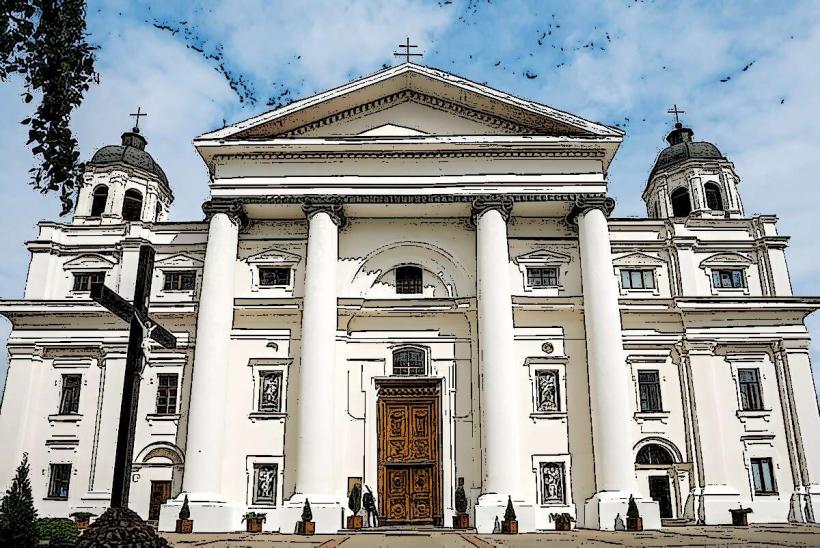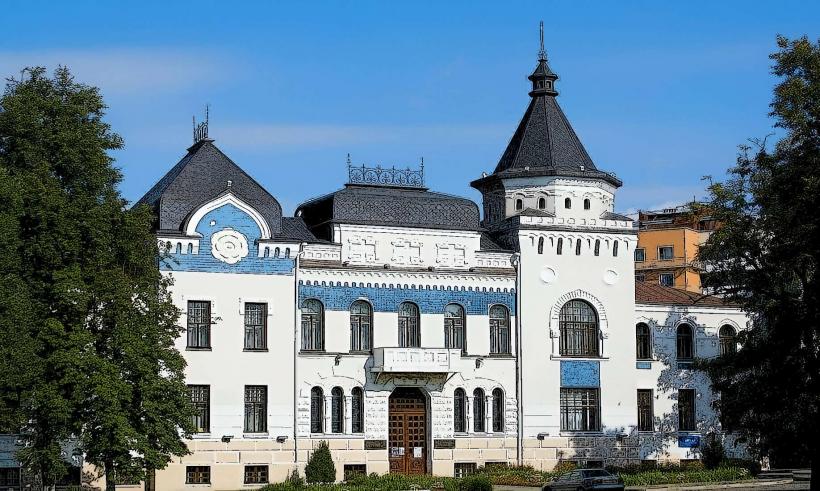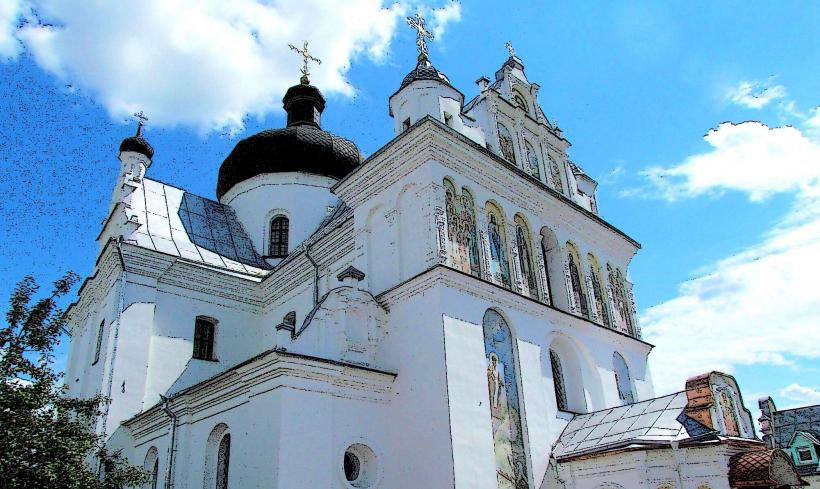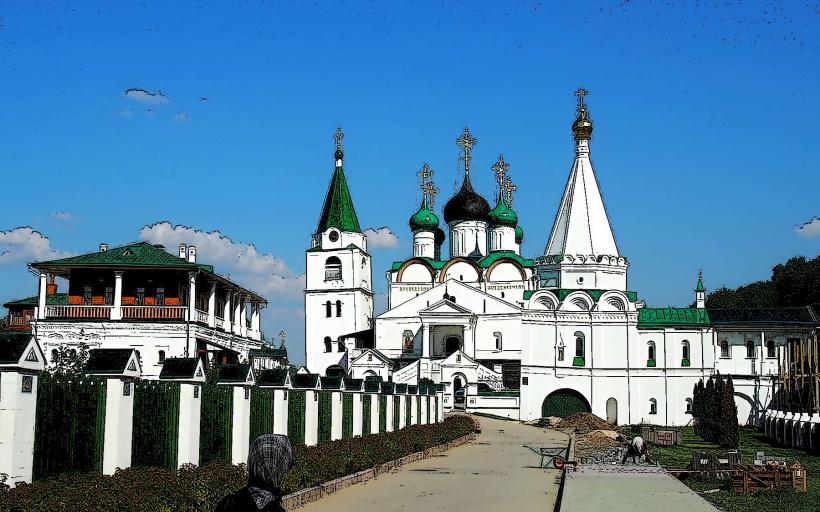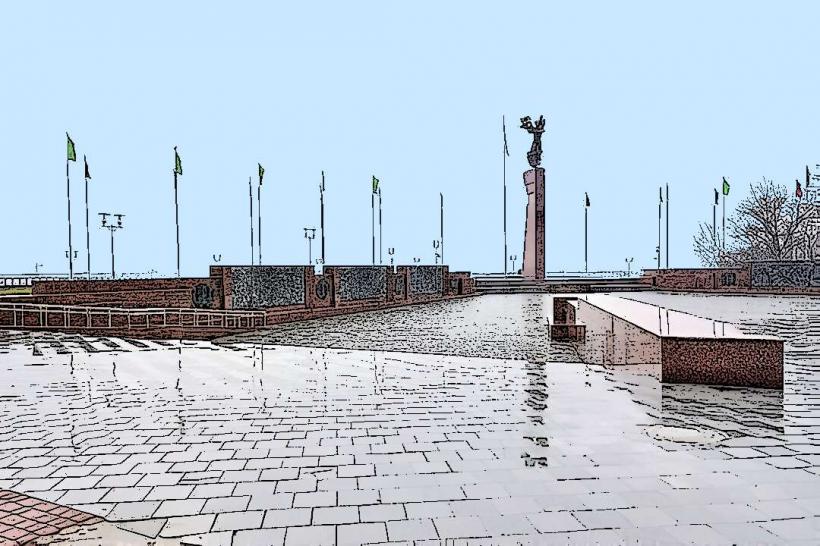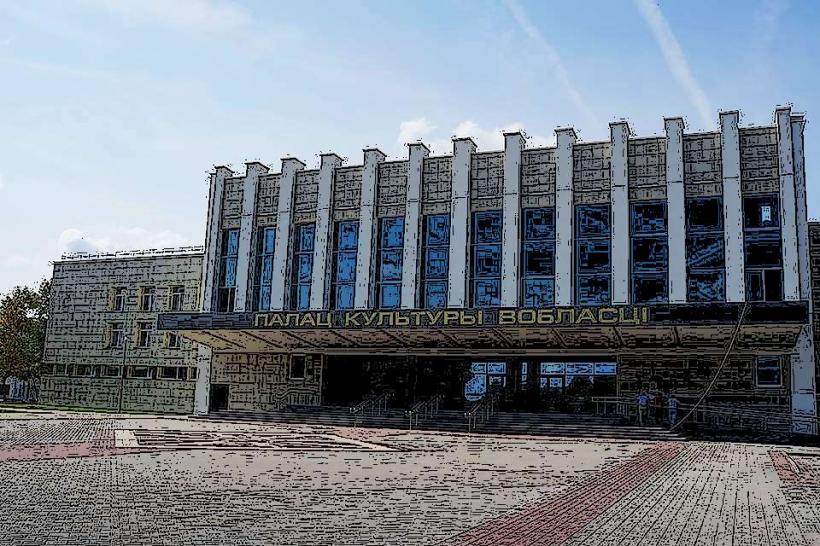Information
Landmark: Museum of EthnographyCity: Mogilev
Country: Belarus
Continent: Europe
The Museum of Ethnography in Mogilev, Belarus, is a cultural institution dedicated to preserving and showcasing the rich folk traditions, customs, and cultural heritage of the region. The museum provides visitors with an in-depth understanding of the local way of life, including the customs, clothing, tools, art, and rituals that have shaped the region's identity over the centuries. It is an important resource for both locals and tourists interested in exploring the ethnographic and historical aspects of Belarusian culture.
History:
The Museum of Ethnography in Mogilev was established to preserve the diverse cultural traditions of the region and to highlight the significance of the local people’s way of life. The museum's collection spans many aspects of Belarusian life, from rural traditions to urban customs, and it reflects the multi-ethnic influences that have shaped the area.
The museum was created to provide educational opportunities for understanding the daily lives of people in the region, showcasing how their lifestyle and culture evolved over time. Over the years, it has grown to house an extensive collection of ethnographic artifacts, helping to preserve Belarus’s folk traditions for future generations.
Collections and Exhibits:
The Museum of Ethnography boasts an array of exhibits that span various aspects of Belarusian and local culture. Some of the key features of the museum’s collections include:
Traditional Clothing: The museum showcases a variety of traditional Belarusian clothing from different regions of the country. Visitors can see garments worn by both men and women, including folk costumes, embroidery, and textile arts. The clothing exhibits reflect the craftsmanship and symbolic meanings behind traditional attire, often used for important life events like weddings, religious ceremonies, and festivals.
Household Items and Tools: A significant portion of the museum’s collection is dedicated to everyday household items and tools used by people in the region throughout history. These include wooden utensils, farming equipment, pottery, furniture, and lighting devices, offering a glimpse into the domestic life of past generations. Many of these items were handcrafted and passed down through families, highlighting the importance of manual labor and resourcefulness in rural communities.
Folk Art and Crafts: The museum also displays examples of traditional folk art and crafts, such as wood carvings, pottery, weaving, and embroidery. These art forms were often tied to specific regions or ethnic groups and were a key part of the cultural identity in Belarus. The intricate designs and patterns reflect local beliefs, customs, and natural surroundings, often serving as both decorative and functional objects.
Ritual Objects and Religious Artifacts: The museum contains exhibits on religious and spiritual practices, with objects used in folk rituals, ceremonies, and holidays. These items may include icons, religious icons, ritual masks, and objects related to folk beliefs, illustrating the intersection of pagan and Christian traditions in the region’s cultural history.
Music and Dance: A collection dedicated to folk music and dance is another prominent feature of the museum. It includes traditional musical instruments such as flutes, drums, and stringed instruments, as well as costumes and materials related to traditional dances and songs. This section highlights the importance of music in community life, social gatherings, and rituals.
Belarusian Festivals and Celebrations: The museum also explores the traditions surrounding major Belarusian holidays and festivals, such as Kupala Night, Maslenitsa, and Christmas. Exhibits feature decorations, traditional foods, and ceremonial objects used during these celebrations, giving visitors an understanding of the seasonal rhythms and social customs of Belarusian life.
Temporary Exhibitions: The museum frequently hosts temporary exhibitions focused on specific aspects of ethnography, folk art, or contemporary cultural movements. These exhibitions often highlight new research, collections, and thematic explorations of the cultural heritage of Belarus and its neighboring regions.
Educational Role:
The Museum of Ethnography in Mogilev plays an important educational role by promoting the preservation and appreciation of local traditions and customs. The museum offers guided tours and educational programs aimed at both school groups and the general public. These programs provide deeper insights into the historical and cultural contexts of the exhibits and offer interactive learning experiences for visitors of all ages.
Modern Relevance:
The museum also works to maintain the relevance of its collections by tying them to modern issues of cultural identity, sustainability, and heritage preservation. As global and regional changes continue to impact traditional ways of life, the museum serves as a space for reflecting on how past traditions can inform and enrich contemporary Belarusian culture.
Conclusion:
The Museum of Ethnography in Mogilev is a significant cultural institution that preserves and celebrates the rich folk traditions and history of Belarus. Through its diverse collections and exhibits, the museum offers a deep and meaningful look into the customs, arts, and daily life of the region’s people. Visitors to the museum can gain a greater appreciation for Belarusian cultural heritage and the ongoing importance of preserving and understanding traditional practices. Whether through the lens of traditional clothing, folk art, or historical artifacts, the museum stands as a vital cultural landmark in the heart of Mogilev.

